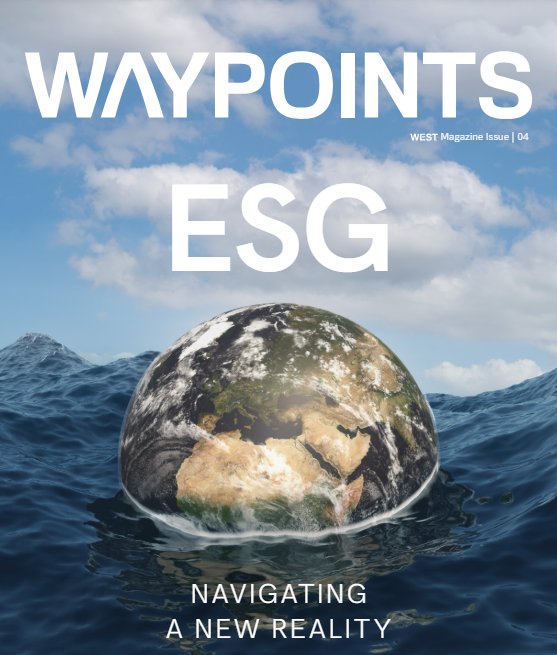
Navigating Crisis: Key Insights from WISTA UK’s 50th Anniversary Panel on Maritime Incident Management
Expert Panel Discussion: Strategies and Challenges in Modern Maritime Response


The International Oil Spill Conference (IOSC) provides a vital forum for professionals from the international spill response community, private sector, government, and non-governmental organizations to come together to tackle the greatest challenges facing us with sound science, practical innovation, social engineering, global research, and imagination.
Click to open the full article
The Shoreline Clean-up Assessment Technique (SCAT) has become a cornerstone in the systematic response to oil spills, aiding in the documentation and decision-making processes for shoreline clean-up. Developed in the late 1980s and formalised into the U.S. response framework, SCAT employs standardised terminology to assess and record the impact of oil on shorelines, guiding cleanup efforts effectively.
SCAT’s role extends beyond mere assessment; it underpins the entire cleanup operation from the initial response to final activity termination, which can span months or even years. This methodology was notably applied during the DEEPWATER HORIZON oil spill, showcasing its utility in large-scale environmental disasters.
However, SCAT’s effectiveness can be compromised by inexperienced personnel or misaligned objectives, leading to surveys that do not effectively contribute to response operations. Recent smaller-scale incidents have highlighted the potential misuse of SCAT, underscoring the need for clear goals and proper implementation strategies.
This paper reviews SCAT’s application in various incidents, emphasising the need for tailored approaches in its execution to avoid inefficiencies and ensure that its integration into oil spill responses is both practical and effective, particularly as its use becomes standard globally.

Marine environmental and sustainability professional with a broad range of experience over 17 years.
Ten years spent responding to maritime incidents, attending on site at more than 30 pollution and salvage incidents around the world.

Expert Panel Discussion: Strategies and Challenges in Modern Maritime Response

A four day validation workshop for the National Oil Spill Contingency Plan, organized by GMA and its partners April 2024.

Does maritime casualty management influence the ESG performance of shipowners and their insurers and should broader ESG considerations have anything to do with managing maritime casualties?